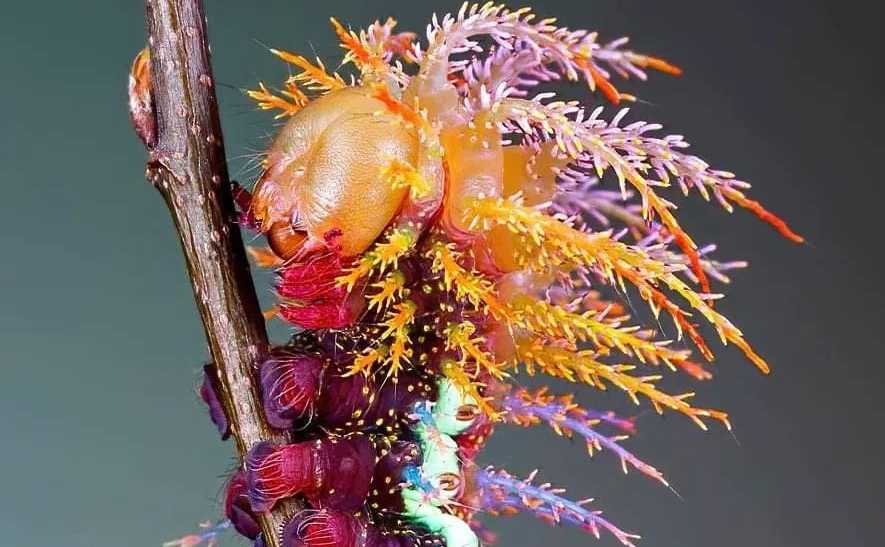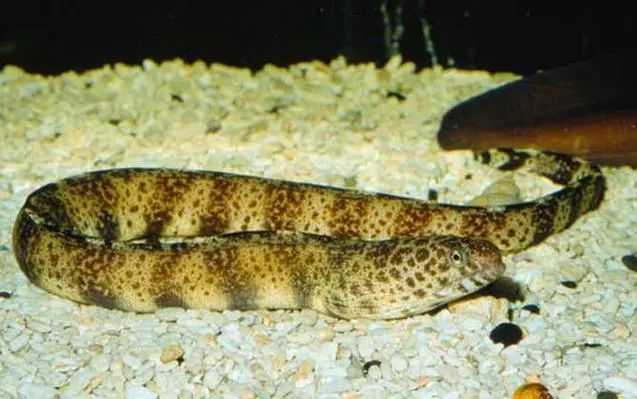The beetle’s abdomen is elongated and bulbous, mimicking a spider’s opisthosoma, while its legs are long and spindly, resembling spider appendages. Unlike typical beetles, Mezium affine holds its legs in a manner that emulates a spider’s posture, and it may even move with jerky, stop-start motions similar to those of spiders. These adaptations serve as a defensive strategy, deterring predators that might hesitate to attack a creature resembling a venomous arachnid.
Despite its spider-like appearance, Mezium affine belongs to the family Ptinidae (spider beetles), known for their arachnid-mimicking habits. It thrives in various habitats, feeding on organic debris and stored products. For entomologists, this tiny beetle is a fascinating example of convergent evolution, where unrelated species develop similar traits for survival. Encountering Mezium affine in the wild is a testament to nature’s intricate designs—proof that even the smallest creatures can wield deception as a powerful tool for survival.










